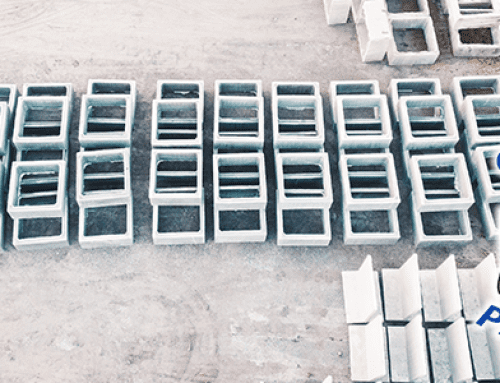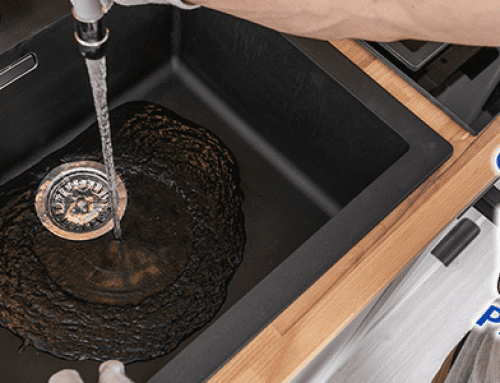The Ultimate Guide to Fixing a Slow Draining Sink: Tips from Conyers Plumbing, the Trusted Plumbing Company in Hillsborough County, FL
Section 1: Signs of a Slow Draining Sink
A slow draining sink is not only frustrating, but it can also be a sign of a bigger plumbing problem. Some of the signs to look out for include water taking longer than usual to drain, gurgling sounds when water drains, and bad odors emanating from the sink. If you’re experiencing any of these signs, you should fix the problem as soon as possible to avoid further damage.
Section 2: Causes of a Slow Draining Sink
The most common causes of a slow draining sink include a clogged drain, buildup of hair, food particles or soap scum, and broken pipes. Each of these issues requires a different approach to fix the problem effectively.
Section 3: Use a Plunger
Using a plunger is one of the easiest ways to unclog a slow draining sink. You should use a plunger that has a flat bottom since it creates a better seal around the sink’s drain. First, cover the sink’s overflow holes with duct tape, then fill the sink with water until it covers the plunger’s rubber cup. Finally, push and pull the plunger several times, then wait for the water to drain.
Section 4: Remove the Sink Stopper
If plunging fails to fix the issue, consider removing the sink stopper. Sink stoppers commonly accumulate debris and hair, which can cause slow draining. Twist the stopper counterclockwise to loosen it, then lift it out of the sink. Use a brush to clean the stopper thoroughly before reinserting it.
Section 5: Clean the P-trap
If the sink still drains slowly after removing the stopper, it’s time to clean the P-trap. The P-trap is a U-shaped pipe located beneath the sink that traps debris and prevents sewer gas from entering your home. Turn off the water supply, then place a bucket beneath the P-trap to catch any water that spills out. Loosen the nuts that connect the P-trap to the sink and drain, then remove the P-trap. Use a brush to remove any buildup on the P-trap and drain, then rinse the P-trap and reassemble it.
Section 6: Use Baking Soda and Vinegar
Another effective way of unclogging a slow draining sink is by using baking soda and vinegar. First, pour a cup of baking soda down the drain, then pour a cup of vinegar. The resulting chemical reaction will break down any debris or buildup that’s causing the slow drainage. Let the mixture sit for 30 minutes before flushing it down with hot water.
Section 7: Check for Deeper Plumbing Issues
If none of the methods mentioned above work, there may be a deeper plumbing issue. It could be a broken or corroded pipe, or root infiltration in the drain. At this point, it’s best to contact a professional plumber like Conyers Plumbing to diagnose and fix the problem.
Section 8: Preventive Measures
Once you’ve fixed your slow draining sink, there are preventive measures you can take to avoid future incidents. Avoid pouring grease down the drain, use a drain catcher to prevent hair and debris from entering the drain, and periodically clean the P-trap.
Section 9: Contact Conyers Plumbing for Expert Plumbing Services
If your slow draining sink is persisting or you’re experiencing any other plumbing issues, contact Conyers Plumbing. Our team of experts is well-versed in all kinds of plumbing problems and offers a range of services, including drain cleaning, leak detection, pipe replacement, and more.




